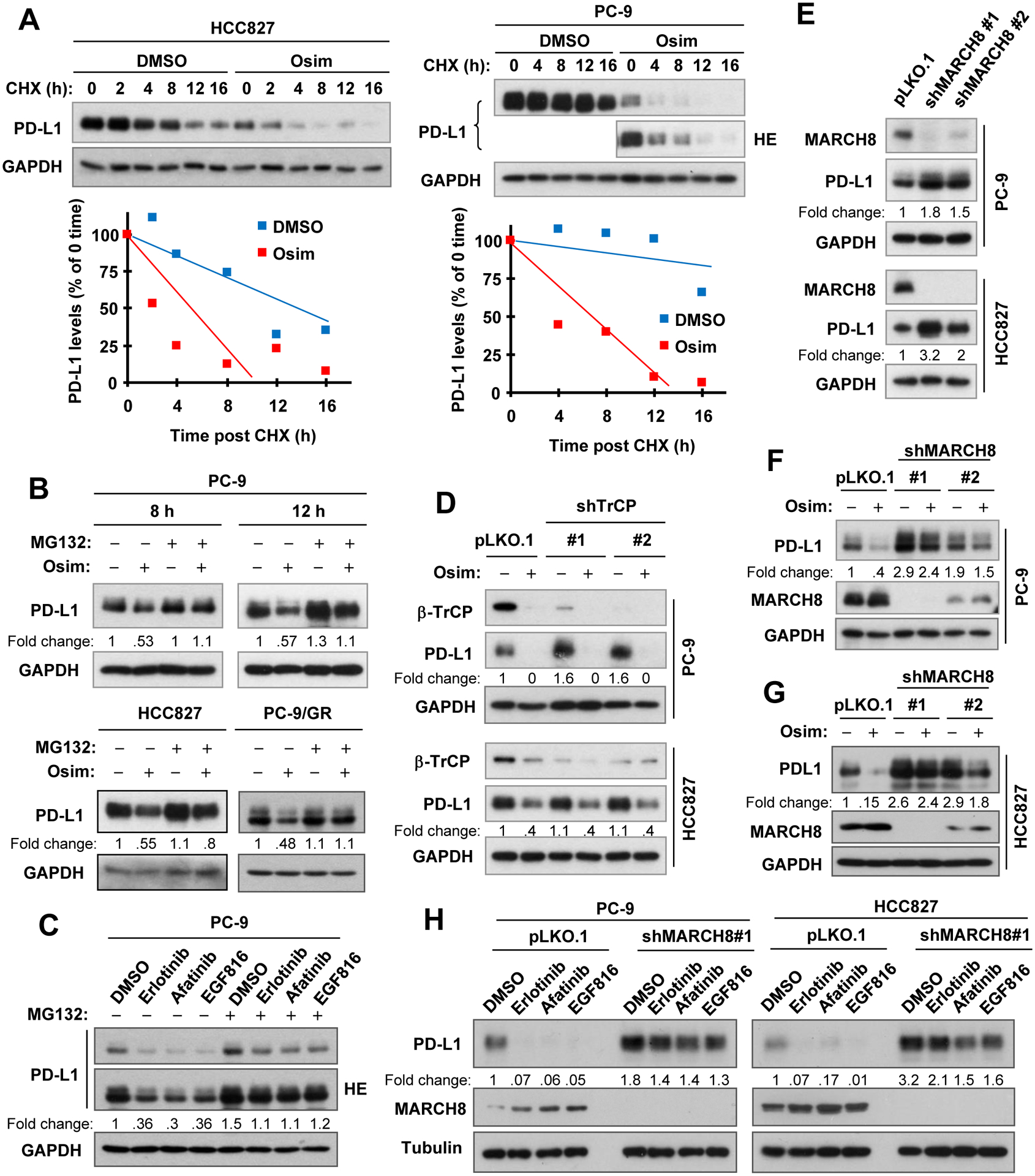Fig. 2. Osimertinib facilitates PD-L1 protein degradation (A), which can be rescued by proteasome inhibition (B and C) and by knockdown of MARCH8 (E-H), but not by knockdown of β-TrCP (D).

A, PC-9 and HCC827 cells were exposed to DMSO or 100 nM osimertinib (Osim) for 8 h, followed by the addition of 10 μg/ml CHX. Cells were then harvested at the indicated times post CHX for Western blotting. PD-L1 levels were plotted relative to those at time 0 of CHX treatment after being quantified by NIH Image J software and normalized to GAPDH. B and C, The indicated cell lines were pre-treated with 10 μM MG132 for 30 min and then co-treated with 100 nM osimertinib for an additional 8 h (HCC827) or 8 h and 12 h (PC-9) or with 100 nM EGFR-TKIs as indicated for 8 h (C). D-F, Whole cell lysates were prepared from the indicated cell lines expressing different β-TrCP shRNAs (D) or MARCH8 shRNAs (F) treated with DMSO or 100 nM osimertinib for 8 h or from the indicated cell lines expressing different MARCH shRNAs (E). G and H, The indicated cell lines were infected with shMARCH8 lentiviruses for approximately 48 h followed with 100 nM osimertinib (G) or the given EGFR-TKIs (H) for 16 h. The specified proteins were detected with Western blotting. HE, high exposure.
